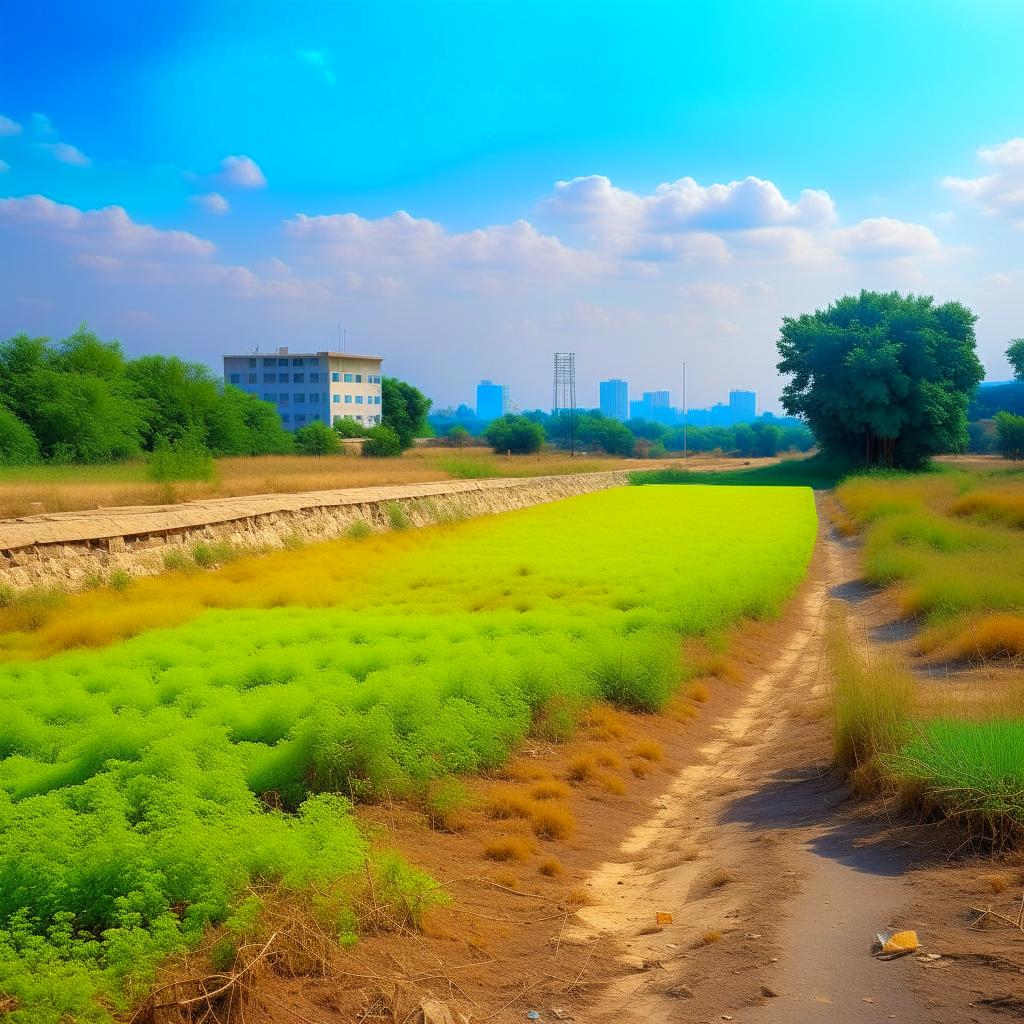What is Undeveloped Land in Canada?
 Undeveloped land in Canada, also known as vacant land or raw land, refers to parcels of land that have not undergone significant development or construction. This land typically lacks infrastructure, buildings, or other improvements commonly associated with developed properties. Undeveloped land can vary widely in terms of size, location, and potential uses, and it often holds significant value for various purposes.
Undeveloped land in Canada, also known as vacant land or raw land, refers to parcels of land that have not undergone significant development or construction. This land typically lacks infrastructure, buildings, or other improvements commonly associated with developed properties. Undeveloped land can vary widely in terms of size, location, and potential uses, and it often holds significant value for various purposes.
Here are some key characteristics and considerations regarding undeveloped land in Canada:
Characteristics of Undeveloped Land
- Natural State. Undeveloped land is often in its natural state, which may include forests, fields, grasslands, wetlands, or rugged terrain, depending on its location and geographical features.
- Lack of Infrastructure. These parcels usually lack essential infrastructure such as roads, utilities (water, sewage, electricity), and buildings. Buyers may need to invest in these services if they intend to develop the land.
- Zoning and Regulations. Undeveloped land is subject to zoning regulations and land use restrictions imposed by local municipalities and provincial governments. These regulations dictate how the land can be used, the types of structures allowed, and environmental protections.
- Potential Uses. Undeveloped land can have various potential uses, including residential development, agriculture, recreational purposes (hunting, camping, and hiking), conservation, or as an investment.
Considerations When Purchasing Undeveloped Land
Location. The location of the undeveloped land is a crucial factor. Consider proximity to amenities, accessibility, natural features (such as waterfront or mountain views), and potential for future development in the area.
Zoning and Land Use. Understand the zoning regulations and land use restrictions in place for the property. Zoning may dictate whether you can build a residence, the minimum lot size, and other land use specifics.
Utilities and Infrastructure. Determine the availability and cost of bringing essential utilities and infrastructure to the property if they are not already in place. This can significantly impact the overall cost of development.
 Environmental Considerations. Evaluate the land for potential environmental constraints or sensitive areas, such as wetlands or protected wildlife habitats. Environmental assessments may be necessary.
Environmental Considerations. Evaluate the land for potential environmental constraints or sensitive areas, such as wetlands or protected wildlife habitats. Environmental assessments may be necessary.
Market Conditions. Keep an eye on local real estate market conditions and trends. The value of undeveloped land can fluctuate based on economic factors, demand, and development potential.
Land Survey and Title. Conduct a thorough land survey to verify property boundaries and title searches to ensure clear ownership.
Development Plans. If you have specific plans for the land, consult with architects, engineers, and local authorities to assess the feasibility and obtain necessary permits.
Financial Considerations. Calculate the total cost of acquiring the land, including purchase price, taxes, permits, and infrastructure development costs. Create a budget and financial plan for the project.
Long-Term Vision. Consider your long-term goals for the land. Are you buying for investment, recreational use, or future development? Your vision will guide your decisions regarding land use and development.
Undeveloped land in Canada offers opportunities for individuals and investors looking to create their dream home, engage in agriculture, or preserve natural habitats.
However, due diligence, careful planning, and compliance with local regulations are essential when purchasing and developing undeveloped land to ensure a successful and responsible use of the property.
